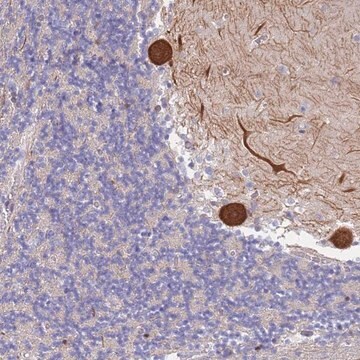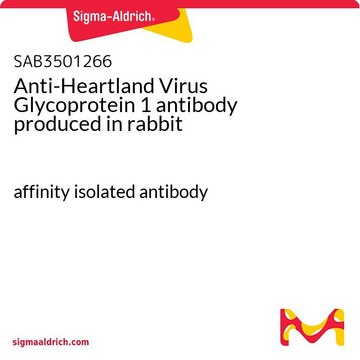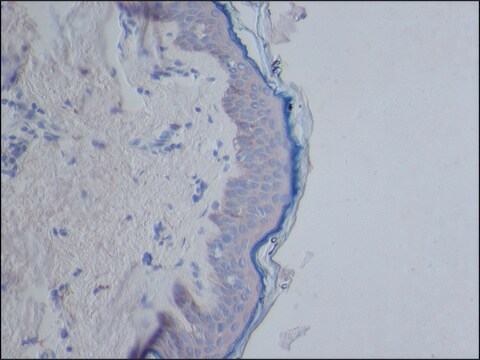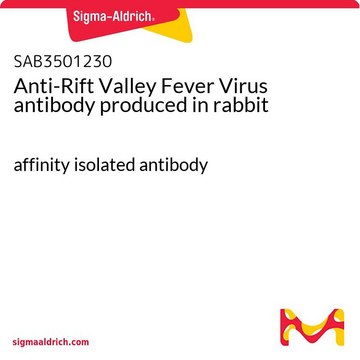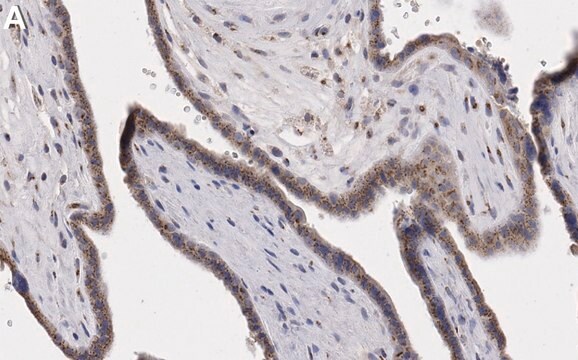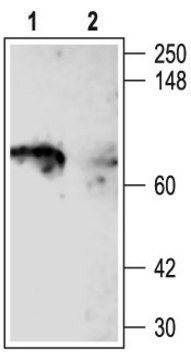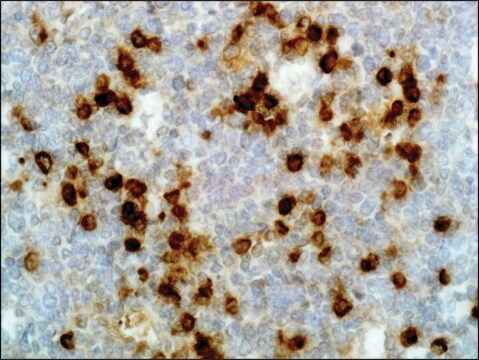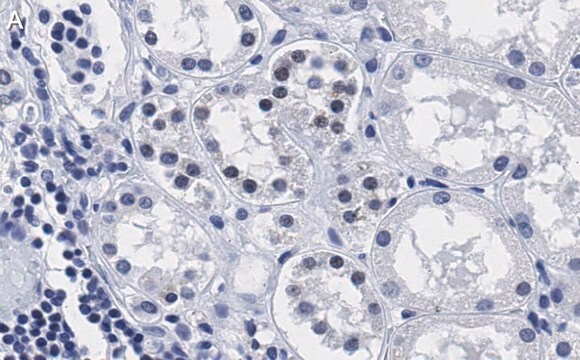SAB4200060
Anti-CYLD antibody produced in rabbit
~1.0 mg/mL, affinity isolated antibody, buffered aqueous solution
别名:
Anti-Cylindromatosis (turban tumor syndrome), deubiquitinating enzyme CYLD, Anti-Ubiquitin carboxyl-terminal hydrolase CYLD, Anti-Ubiquitin specific peptidase like 2, Anti-Ubiquitin thiolesterase CYLD
About This Item
推荐产品
生物源
rabbit
共軛
unconjugated
抗體表格
affinity isolated antibody
抗體產品種類
primary antibodies
無性繁殖
polyclonal
形狀
buffered aqueous solution
分子量
antigen ~110 kDa
物種活性
human, rat, mouse
濃度
~1.0 mg/mL
技術
immunohistochemistry: 10-20 μg/mL using heat-retrieved formalin-fixed, paraffin-embedded human skin sections and biotin / ExtrAvidin®-Peroxidase staining system
western blot: 1-2 μg/mL using whole extracts of rat and mouse brain
UniProt登錄號
運輸包裝
dry ice
儲存溫度
−20°C
目標翻譯後修改
unmodified
基因資訊
human ... CYLD(1540)
mouse ... Cyld(74256)
rat ... Cyld(312937)
一般說明
應用
Western Blotting (1 paper)
生化/生理作用
外觀
法律資訊
免責聲明
未找到合适的产品?
试试我们的产品选型工具.
儲存類別代碼
10 - Combustible liquids
閃點(°F)
Not applicable
閃點(°C)
Not applicable
我们的科学家团队拥有各种研究领域经验,包括生命科学、材料科学、化学合成、色谱、分析及许多其他领域.
联系技术服务部门